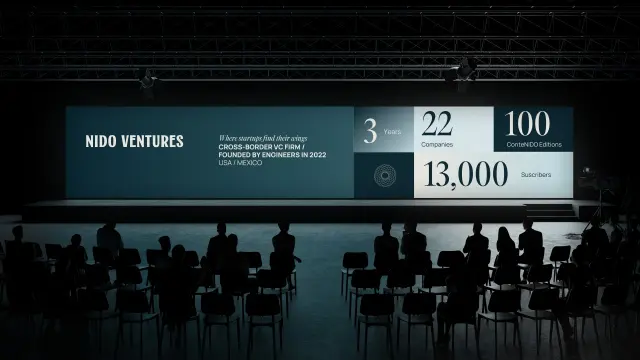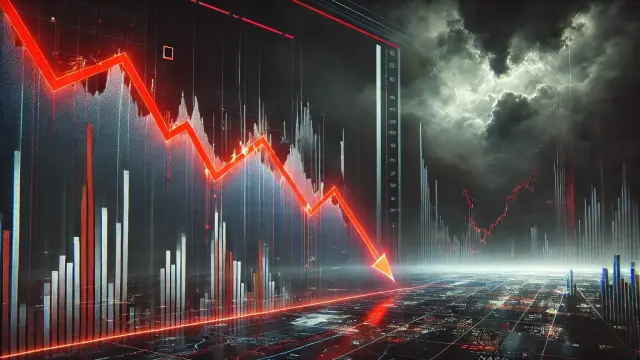Thematic investing focuses on future trends shaping industries. Learn how to capitalize on tomorrow’s opportunities today
In an ever-evolving financial landscape, investors are constantly looking for new opportunities to generate long-term returns. Thematic investing has gained traction as an innovative strategy that focuses on structural trends shaping the future. Rather than concentrating solely on sectors or geographies, thematic investing aligns investments with transformative forces such as technological advancements, demographic shifts, and sustainability.
This article explores the key themes driving the future, how investors can capitalize on them, and the benefits and risks associated with thematic investing.
Understanding Thematic Investing
Thematic investing is a strategy that focuses on long-term, disruptive trends rather than traditional sector-based or geographic approaches. It involves identifying themes that will shape industries over the next decade and investing in companies that stand to benefit from these changes.
How It Works
Identifying Long-Term Trends – Investors research macroeconomic, technological, and social shifts that are expected to drive structural changes.
Selecting Investment Vehicles – Exchange-Traded Funds (ETFs), mutual funds, and individual stocks related to the theme are chosen.
Building a Thematic Portfolio – The portfolio is diversified across multiple companies within a specific theme to mitigate risks.
Some popular themes include artificial intelligence, clean energy, e-commerce, biotechnology, and cybersecurity.
Tomorrow’s Themes: Investment Trends to Watch
1. Artificial Intelligence & Automation
Artificial Intelligence (AI) is revolutionizing industries from healthcare to finance. Companies investing in AI technologies, robotics, and machine learning are positioned for exponential growth. Some key players in this space include Nvidia, Alphabet, and Microsoft.
2. Clean Energy & Sustainability
The global shift toward renewable energy and sustainability presents a lucrative investment opportunity. Solar, wind, and electric vehicle (EV) markets are booming as governments push for a greener future. Companies such as Tesla, NextEra Energy, and Enphase Energy are leading the charge.
3. E-Commerce & Digital Payments
The rise of e-commerce and digital payment solutions has reshaped consumer behavior. Companies like Amazon, Shopify, and PayPal are benefitting from this structural shift, making them attractive investments for the future.
4. Biotechnology & Healthcare Innovation
Advancements in biotechnology, precision medicine, and pharmaceuticals are driving a healthcare revolution. Investors are increasingly looking at biotech firms engaged in genetic therapies, vaccine development, and personalized medicine.
5. Cybersecurity & Data Protection
With the rapid digitalization of businesses, cybersecurity has become a critical investment theme. Companies offering cybersecurity solutions, such as Palo Alto Networks and CrowdStrike, are seeing growing demand for their services.
6. Space Exploration & Commercialization
The space industry, once dominated by government agencies, is now a lucrative sector for private enterprises. Companies like SpaceX, Blue Origin, and Virgin Galactic are making strides in space tourism, satellite deployment, and interplanetary exploration.
Advantages of Thematic Investing
1. Growth Potential
Since thematic investing focuses on emerging trends, it allows investors to capture early-stage growth in industries poised for expansion.
2. Portfolio Diversification
By investing in multiple companies within a theme, investors can reduce sector-specific risks while still benefiting from an overarching trend.
3. Long-Term Focus
Thematic investing aligns with structural trends that develop over years or decades, making it an attractive option for long-term investors.
4. Exposure to Innovation
It enables investors to gain exposure to cutting-edge technologies and disruptive industries before they become mainstream.
Risks & Challenges of Thematic Investing
1. Market Volatility
New and emerging industries can experience significant fluctuations, making thematic investments more volatile compared to traditional sector investing.
2. Theme Saturation
If a theme becomes too popular, stocks in that category may become overvalued, leading to potential losses if the trend slows down.
3. Regulatory Risks
Government policies and regulations can impact industries, such as environmental regulations affecting clean energy companies or data privacy laws impacting tech firms.
4. Timing the Market
Investing too early in a trend can result in slow returns, while entering too late may mean missing out on substantial gains.
How to Get Started with Thematic Investing
Step 1: Research & Identify Trends
Stay informed about emerging themes through market research, expert analysis, and financial reports.
Step 2: Choose Investment Vehicles
Investors can gain exposure to themes via:
- Exchange-Traded Funds (ETFs): These funds track a basket of stocks within a theme (e.g., Global X Robotics & AI ETF).
- Mutual Funds: Managed funds focused on specific themes.
- Individual Stocks: Directly investing in companies leading a thematic trend.
Step 3: Diversify Your Portfolio
Avoid putting all your capital into one theme. Diversification across multiple themes can mitigate risks.
Step 4: Monitor & Rebalance
Regularly review your investments and adjust allocations based on market conditions and theme performance













